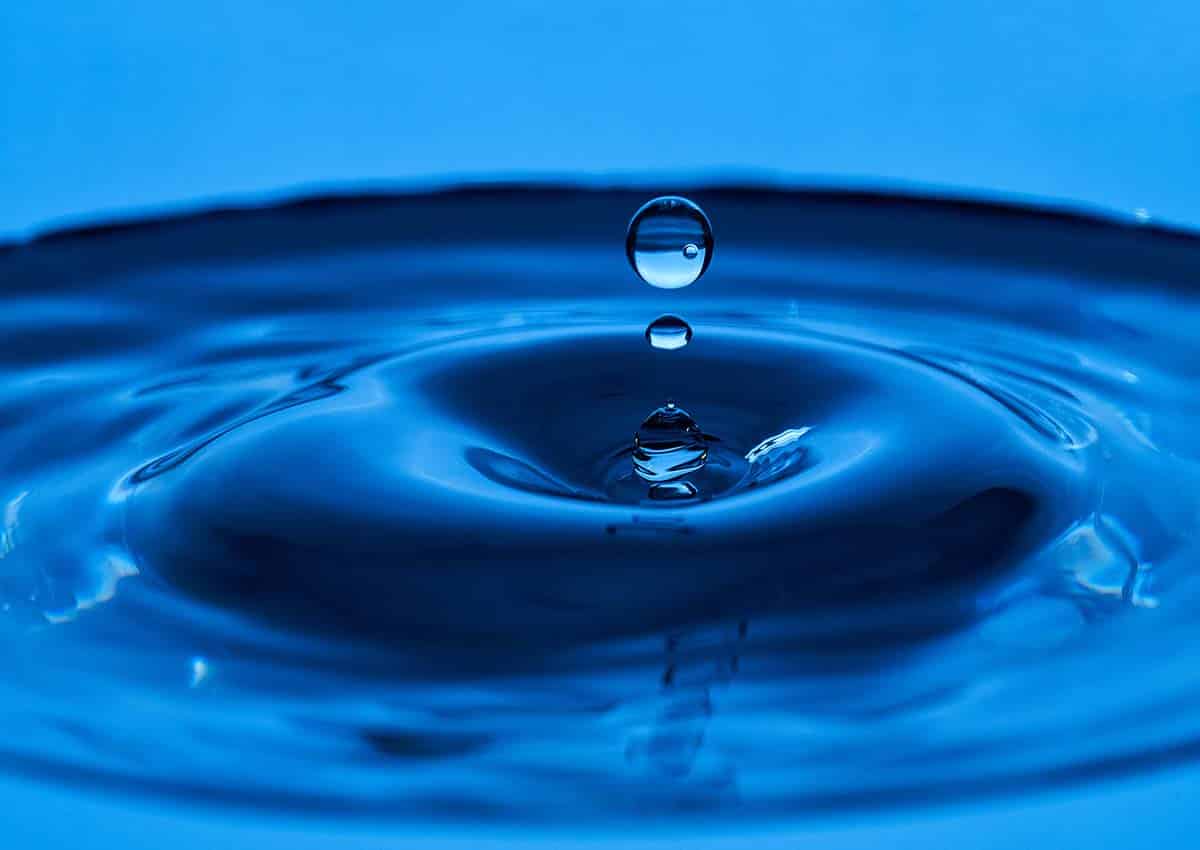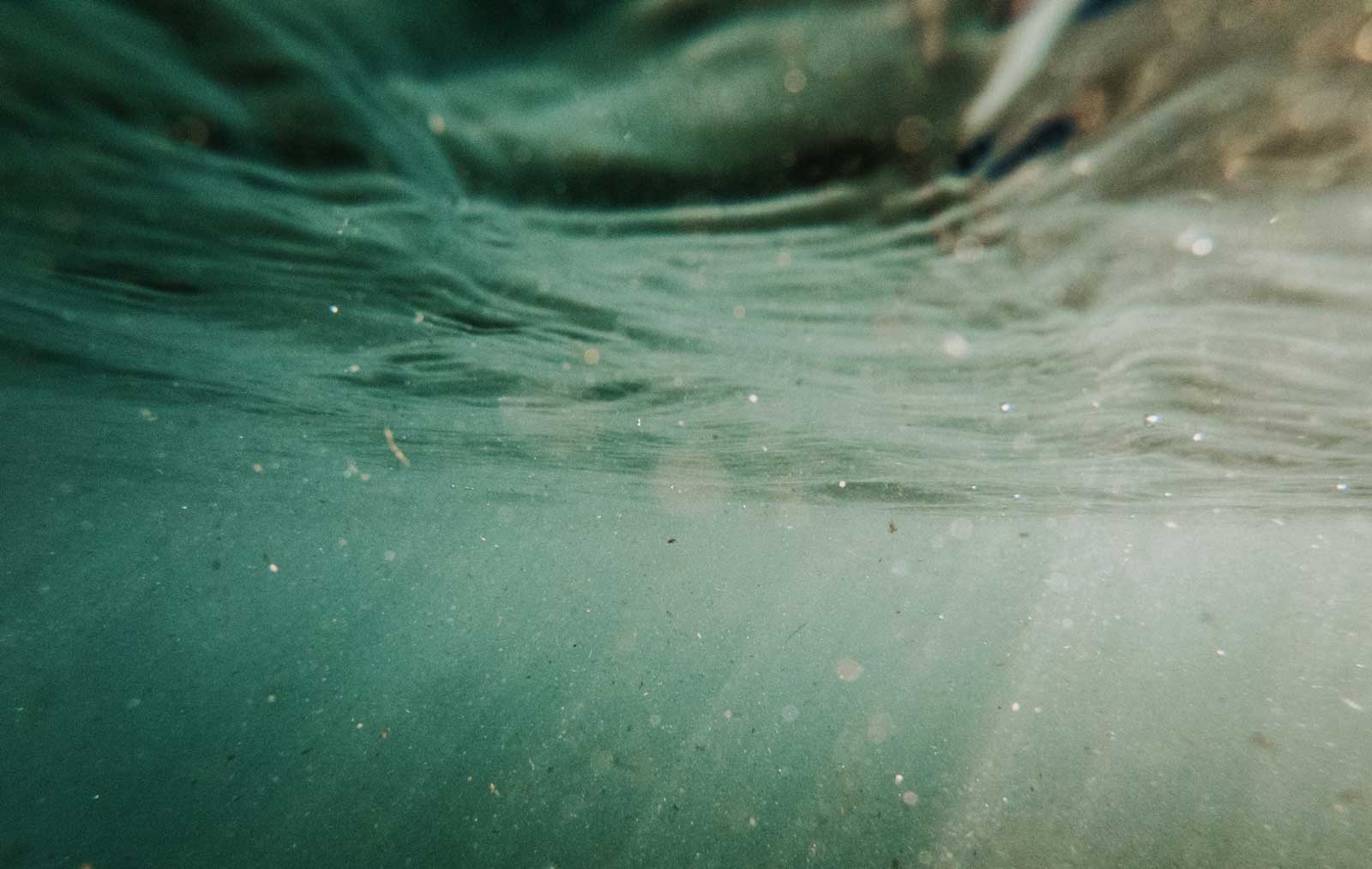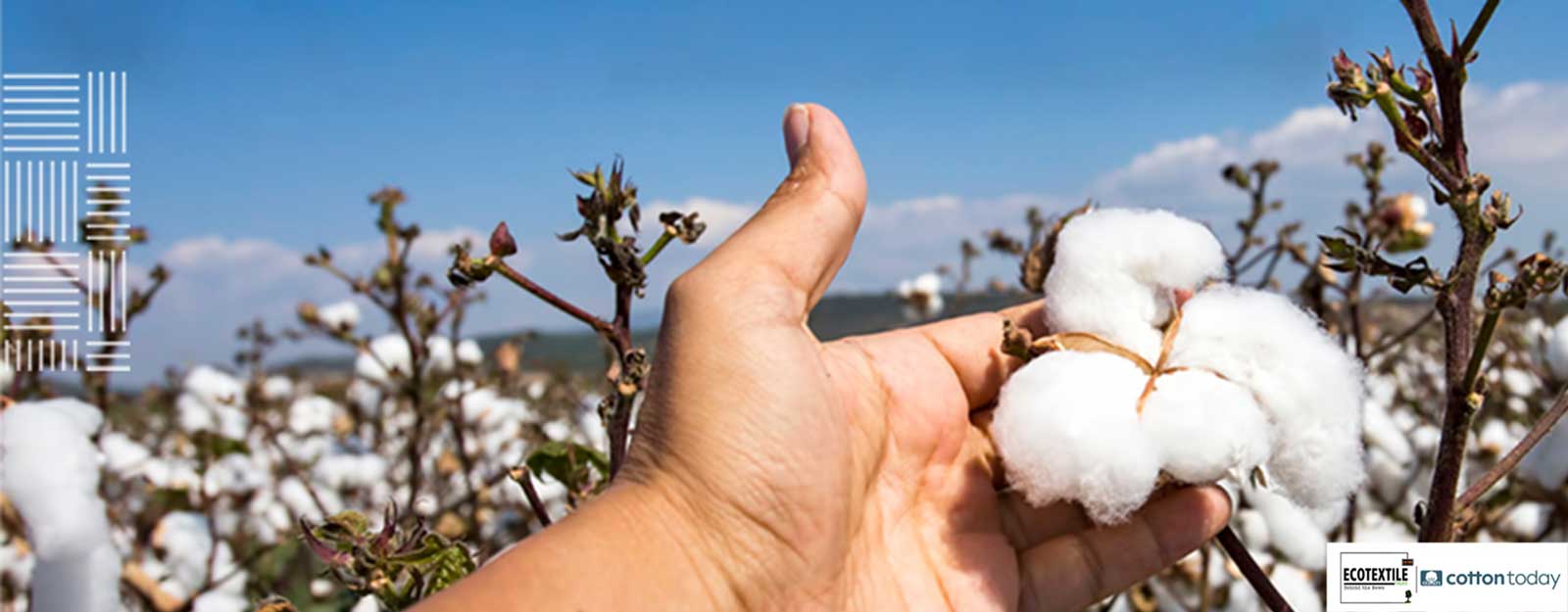At first glance, National Laundry Day, celebrated on April 15, might seem like many of the other “holidays,” that increasingly populate our calendars in order to draw attention to a particular industry or item. For National Laundry Day 2022 we wanted to focus on an increasingly important laundry-related concern: the proliferation of synthetic microfibers and microplastics in our water supply. Additionally, while National Laundry Day is an opportunity to highlight the sustainability impacts of fiber choices, the issue of microfibers and microplastics are a critical sustainability story that we should be focusing on every day.
Microfibers – particles generally smaller than 5 mm – are generated every time a piece of fabric is worn or washed[1], and some of these tiny fibers are too small to be filtered by wastewater treatment equipment[2]. Once these microfibers are created by the simple act of doing laundry, they populate our wastewater and act as a sponge that can soak up potentially harmful chemicals and then bioaccumulate in our internal organs[3]. While all fabrics generate microfibers, synthetic fabrics like polyester or nylon generate microfibers that are classified as microplastics, which can be significantly more damaging due to their persistence and inability to biodegrade[4].
These microfibers generated from synthetic clothing are the most prevalent type of microplastic. In fact, synthetic textiles are now responsible for 35% of the microplastics found in the oceans,[5] and humans now consume, on average, up to a credit card worth of microplastics per week.[6] Additionally, a recent study found that microplastics are now being detected in human blood, raising an additional health concern.[7]
One of the simplest ways we can help compensate for this growing problem is to address the problem at its source: the choice of materials we use to create clothing. While all fabrics will generate microfibers when laundered, there is a substantial difference in how long fibers from cotton or polyester persist in the environment – and thus, a substantial difference in the issue presented. Simply put, cotton microfibers readily degrade in aquatic environments whereas synthetic microfibers, like those generated from polyester, do not.
Cotton Incorporated takes this issue very seriously and has conducted a number of studies in collaboration with North Carolina State University to determine the biodegradability of different types of microfibers in aquatic environments. We found that over the course of one month, 77% of cotton microfibers will break down in fresh water. Microfibers from cotton/polyester blended garments only break down by 33%, and polyester microfibers have no appreciable biodegradation. In sea water, there is a similar disparity, with cotton microfibers degrading by 49% versus 4% for polyester.[8]
More recently, Cotton Incorporated continued their research with North Carolina State University to dig deeper and determine whether commonly used textile finishes influence the high degradation rates of cotton microfibers. Cotton Incorporated found that over the course of 102 days, cotton microfibers treated with textile finishes (including a silicone softener, durable press finish, water repellent finish, and a blue dye) biodegrade by at least 60%; a rate greater than or comparable to that of an oak leaf.[9]
This biodegradability of natural fibers like cotton is a key factor in fighting microplastic accumulation in our environment. Collectively, we are work towards ensuring that more textiles are either composted or recycled into useful byproducts at their end of life (like Cotton Incorporated’s research into creating glucose from cotton garments) as opposed to being dumped into landfills. But in the interim, it’s important that we don’t pollute our lakes, rivers and oceans with harmful microplastics from non-biodegradable materials such as polyester.
When the timeline for polyester to break down is measured in decades instead of days, sustainability-minded should think more about what materials they’re regularly putting in their washing machine, in addition to other issues that have sustainability implications, such as how often they do laundry or what type of detergent to use. Purchasing clothing made from natural fibers such as cotton is an immediate action consumers can make to lower the amount of synthetic microplastics entering the environment.

Jesse Daystar, Vice President, Chief Sustainability Officer
[1] Zambrano, M. C., Pawlak, J. J., Daystar, J., Ankeny, M., Cheng, J. J., & Venditti, R. A. (2019). Microfibers generated from the laundering of cotton, rayon and polyester based fabrics and their aquatic biodegradation. Marine Pollution Bulletin, 142(November 2018), 394–407. https://doi.org/10.1016/j.marpolbul.2019.02.062
[2] Lares, M., Ncibi, M. C., Sillanpää, M., & Sillanpää, M. (2018). Occurrence, identification and removal of microplastic particles and fibers in conventional activated sludge process and advanced MBR technology. Water Research, 133, 236–246. https://doi.org/10.1016/J.WATRES.2018.01.049
[3] Vethaak, D., & Legler, J. (2021). Microplastics and Human Health. Science, 371(6530), 672–674.
[4] Zambrano, M. C., Pawlak, J. J., Daystar, J., Ankeny, M., Goller, C. C., & Venditti, R. A. (2020). Aerobic biodegradation in freshwater and marine environments of textile microfibers generated in clothes laundering: Effects of cellulose and polyester-based microfibers on the microbiome. Marine Pollution Bulletin, 151(January). https://doi.org/10.1016/j.marpolbul.2019.110826
[5] Boucher, J. & Friot, D. (2017). Primary Microplastics in the Oceans: a Global Evaluation of Sources. IUCN, Gland, Switzerland, https://doi.org/10.2305/IUCN.CH.2017.01 World Economic Forum. (2016). The New Plastics Economy: Rethinking the future of plastics. 1–36. http://www3.weforum.org/docs/WEF_The_New_Plastics_Economy.pdf
[6] Kala Senathirajah et al. (2021). Estimation of the Mass of Microplastics Ingested – A Pivotal First Step towards Human Health Risk Assessment. Journal of Hazardous Materials 404: p. 124004, https://doi.org/10.1016/j.jhazmat.2020.124004.
[7] H Heather A. Leslie, Martin J. M. van Velzen, Sicco H. Brandsma, Dick Vethaak, Juan J. Garcia-Vallejo, Marja H. Lamoree (2022). Discovery and quantification of plastic particle pollution in human blood, Environment International, 2022, 107199, ISSN 0160-4120, https://doi.org/10.1016/j.envint.2022.107199.
[8] Marielis C. Zambrano, Joel J. Pawlak, Jesse Daystar, Mary Ankeny, Carlos C. Goller, Richard A. Venditti,
Aerobic biodegradation in freshwater and marine environments of textile microfibers generated in clothes laundering: Effects of cellulose and polyester-based microfibers on the microbiome, Marine Pollution Bulletin, Volume 151, 2020, 110826, ISSN 0025-326X, https://doi.org/10.1016/j.marpolbul.2019.110826.
[9] Marielis C. Zambrano, Joel J. Pawlak, Jesse Daystar, Mary Ankeny, Richard A. Venditti, Impact of dyes and finishes on the aquatic biodegradability of cotton textile fibers and microfibers released on laundering clothes: Correlations between enzyme adsorption and activity and biodegradation rates, Marine Pollution Bulletin, Volume 165, 2021, 112030, ISSN 0025-326X, https://doi.org/10.1016/j.marpolbul.2021.112030.



